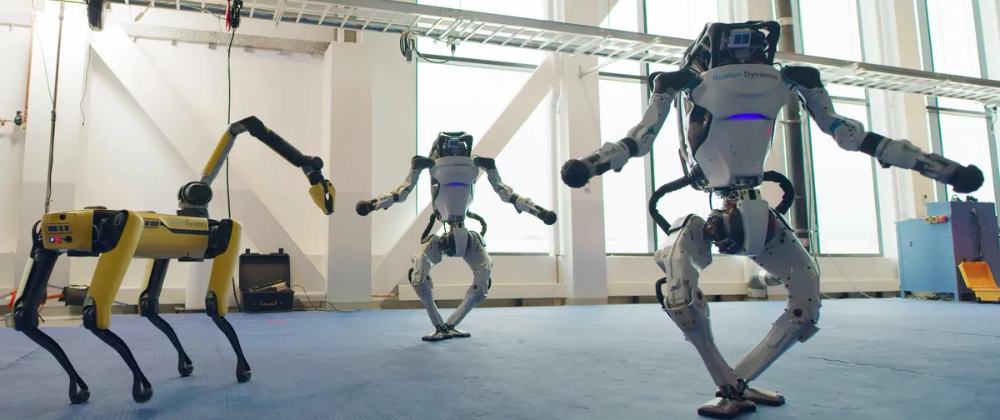As the world continues to embrace advanced robotics and artificial intelligence (AI), researchers are exploring new frontiers in human-robot interactions. A team of engineers at the University of California, San Diego, has made a remarkable breakthrough by training a humanoid robot to perform a wide range of expressive dance moves and gestures.
Expressive Movements and Steady Gait
The humanoid robot, developed by the UC San Diego team, is capable of executing complex dance routines and interpreting human gestures such as waving, high-fiving, and hugging. The key to this achievement lies in the robot's ability to maintain a steady gait while seamlessly incorporating upper body movements.
Fostering Trust and Harmony
According to Xiaolong Wang, a professor in the Department of Electrical and Computer Engineering at UC San Diego, the goal of this research is to "build trust and showcase the potential for robots to co-exist in harmony with humans." By imbuing the humanoid robot with more human-like body motions, the team aims to create a future where robots can assist humans in various settings, from factory assembly lines to hospitals and disaster sites.
Comprehensive Training Regimen
The training process for the humanoid robot drew inspiration from the art of dance, with the team simulating upper and lower body motions separately to replicate complex movements while maintaining balance and the ability to navigate different terrains. This approach allowed the robot to quickly pick up new routines and gestures, much like a dedicated dance student.
Towards Autonomous Interactions
Currently, the robot's movements are controlled by a human operator using a game controller. However, the team is working towards equipping the robot with a camera that would enable autonomous navigation and task execution. This would pave the way for more refined and intricate tasks, further expanding the robot's capabilities.
Enhancing Social Interactions
Another promising frontier in humanoid robot development is the enhancement of social interaction abilities. Experts are creating robots that can analyze facial expressions, tone of voice, and body language to gauge emotions and react appropriately. By integrating emotional intelligence with physical dexterity, the next generation of humanoid robots will be better equipped to navigate complex human environments with ease and sensitivity.
Collaboration and the Future
As the collaboration between engineers, psychologists, and AI specialists continues to evolve, the potential for creating harmonious and supportive interactions between humans and machines is expected to expand. This progress not only enhances functionality but also fosters a deeper connection and trust between humans and their robotic counterparts, solidifying the role of humanoid robots as indispensable partners in our increasingly automated world.






Top comments (0)